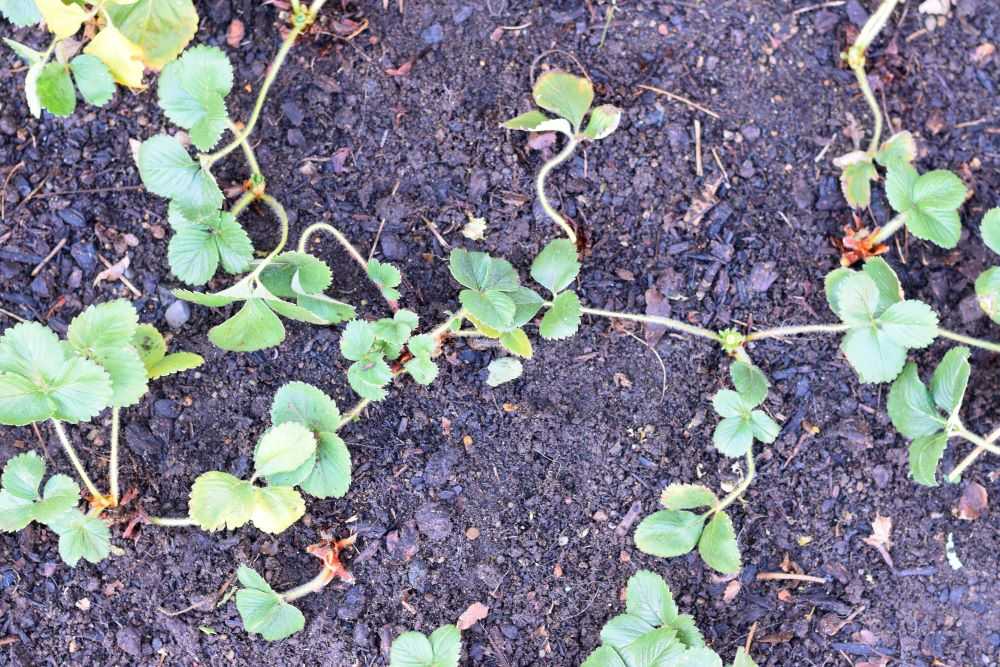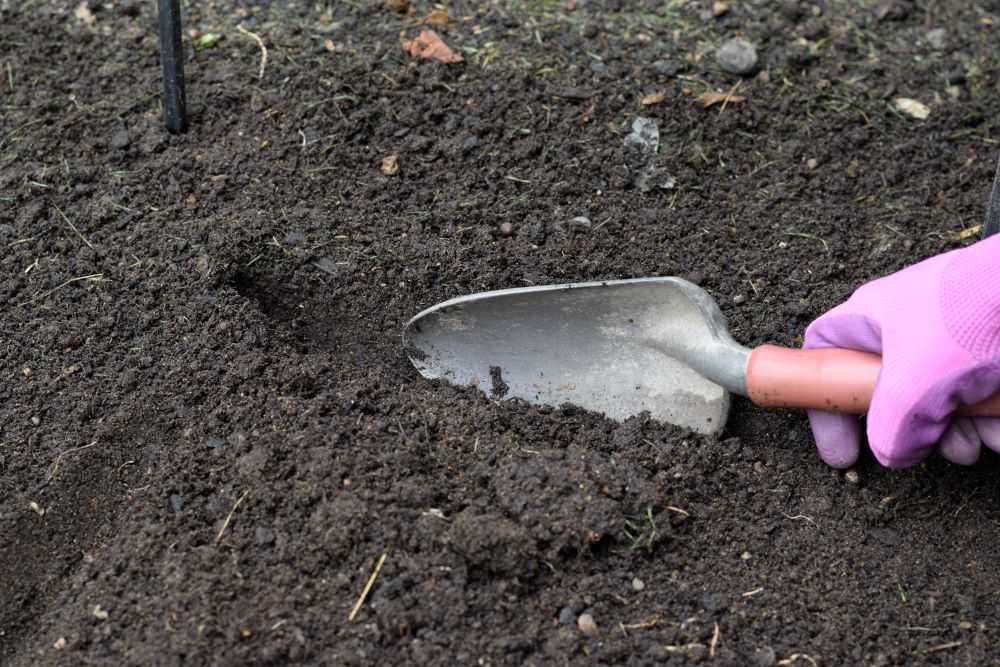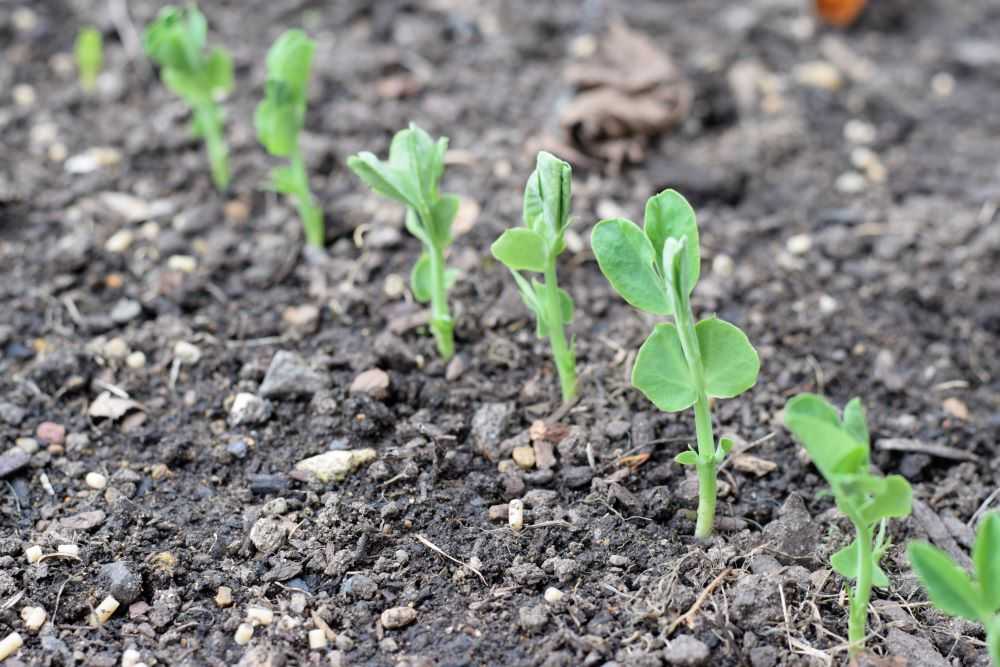The new year is here! It has been a challenge to get outside this month in between rain storms but luckily we have had some nice days too. Most of my time has been spent on planning, pruning, and other maintenance tasks. Here is what is going on in the garden this month:
Peas
My peas are still doing well! I planted them last fall and they continue to grow and look very healthy. The birds have been pecking at them but luckily the damage is minor since the plants are well established. If the peas were still small seedlings the damage would be much more severe. I am looking forward to fresh peas in the next few months!
Related Post: How to Overwinter Peas


Garlic
My garlic is still doing well after planting it last fall. Since we have been having mild weather this month, I was able to remove the mulch covering the garlic. The leaves greened up nicely and they are now 5-6 inches tall.
Related Post: How to Plant Garlic in the Fall

Fruit Trees
We have two apple trees, a plum tree, and two cherry trees. I have been pruning them over the last month, a little at a time between rain storms 🙂 My trees are 11 years old now and always put on a large amount of growth during the season. This makes pruning a big job. But this is what it takes to keep the trees open, healthy, and productive. I am looking forward to our fruit harvests this summer!
Related Post: How to easily clean rusty pruners

Strawberries
I cleaned up my strawberry patch earlier this month. It was very crowded from last year’s vigorous summer growth. I removed dead plants, dead leaves, and runners. I also adjusted the spacing on plants that were too close together. I am looking forward to a large harvest of sweet strawberries this spring!
Related Post: How to Clean Up Strawberry Beds


Flowers
Last weekend I planted some primroses out front. Primroses are very cold hardy which makes them an excellent choice for this time of the year. I love the cheery colors!

My daffodil bulbs are also starting to come up in my flower beds. This is a sign that spring is on it’s way!

Final Thoughts
Well, that’s it for January! It is hard to believe that spring will be here in only two short months 🙂 What have you been up to in your garden this month? Let me know in the comments below!
As always, Happy Gardening!
















